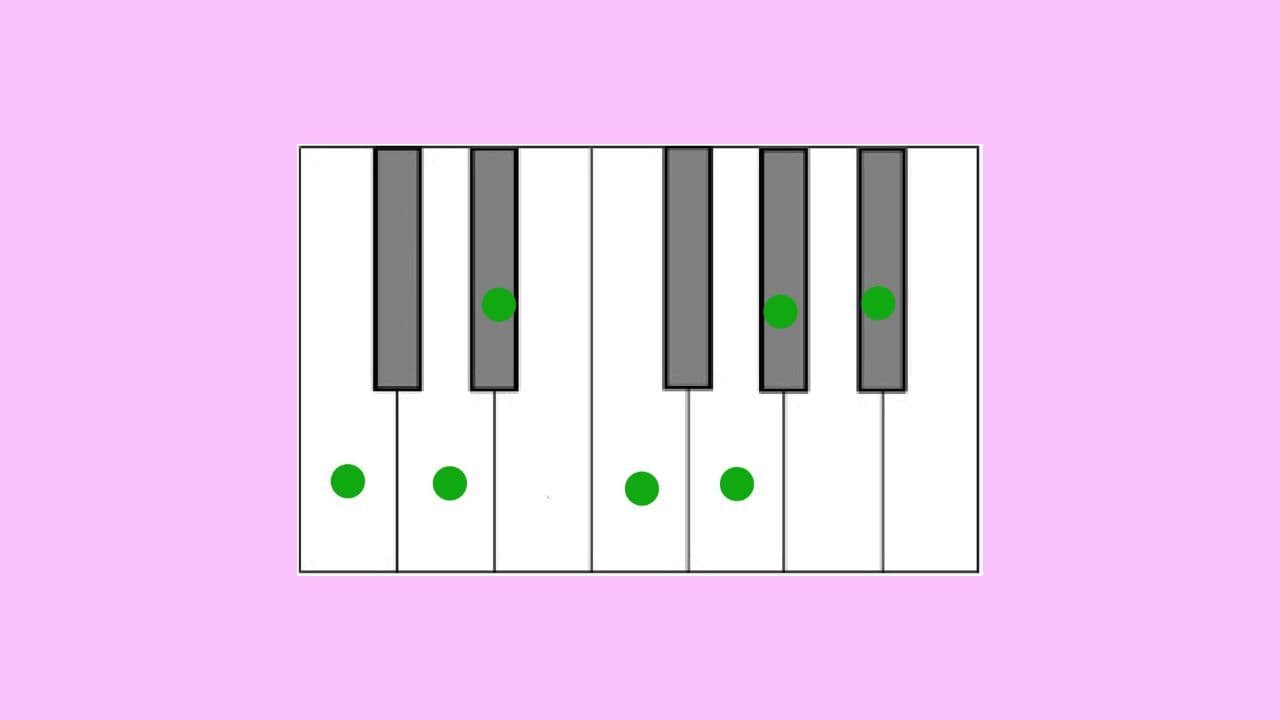We’ve all been there. We write a solid progression but once we start looping it we get tired of our music by the 3rd time around because it just doesn’t go anywhere. Here are 5 tips to create variations in your chord progressions outside of diatonic major and minor! Remember everything we use to create interest should serve the melody.
1. ii - V’s to a scale degree
Let’s take a set of diatonic major sevenths chords:
I ii iii IV V vi viiø7
Maj7 min7 min7 Maj7 Dom7 min7 dimø7
What if we did a ii-V to D? E? F? G? A? B? By borrowing the 2-5’s in their respective keys, we can create some real interesting harmonies as long as they don’t clash with the melody.
For instance, let’s pretend my destination is the Em (iii) chord. I could use F#m7 and B7 to get there and take a quick detour to the ‘universe’ of E before establishing myself in C. We’d get some nice tensions and out of key harmonies.
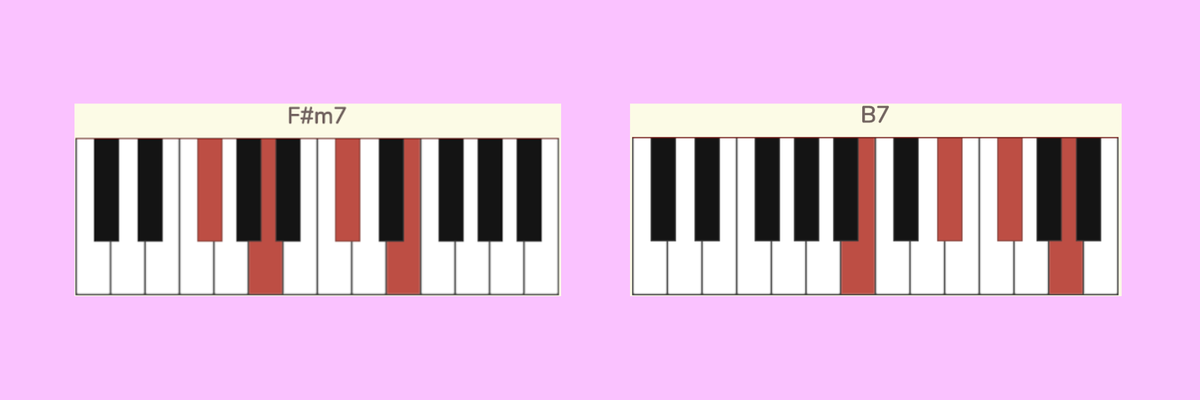
2. Chromatic Mediants
One of my favorite modulations is from the home key to a chromatic mediant. A Chromatic Mediant is any key that is a 3rd (major or minor) away from your home key.
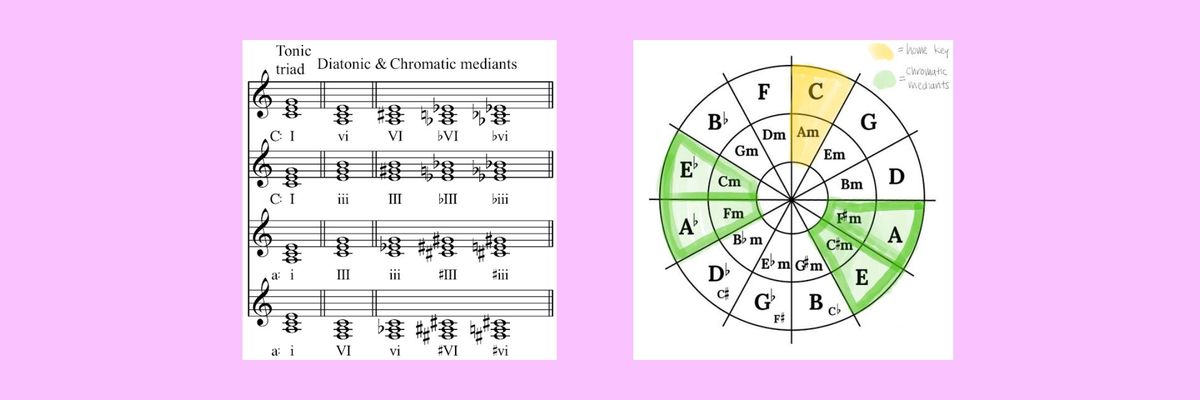
If you were in “C major” keys a 3rd down would be A or Ab. Keys a 3rd up would be E or Eb. That means we could borrow chords from those keys or even take a trip to those keys and it wouldn’t be that much of a stretch! Let’s take a look at a modulating section of D’angelo’s Africa in the key of “E”. At 2:42 the track modulates to the mediant “G major” which is a chromatic mediant a minor 3rd away:

Another great example is the main loop in Kiefer’s “What a Day” which exists first in F major then in D (a chromatic mediant a 3rd down).
3. Secondary Dominants
A secondary dominant is a V7 chord that emphasizes a key other than your main key. It borrows the “V7” from another key and results in interesting “out of key” tensions. In order to find your secondary dominant, you have to suspend your belief in one absolute key and use abstract thinking to work your way to V7/whatever chord degree you choose to tonicize (pronounced ‘five of’). We do this by taking our destination chord degree and finding the V7 of that note. For example, in the key of “C” we’d take the “x” scale degree and pretend that is our new key center for a moment. This goes back the circle of fifths from our last theory series.

If I was in the key of C and I wanted to find a “V7/ii”, I would go to “D” (the ii in the key of C) and then go UP a fifth...to borrow the “V7” chord from the key of D. So in the key of C, I could justify using an A7 (V7/ii) in my progression.
**Remember the secondary part of this means we’re borrowing from another key.
C → Dm
I → ii
C → A7 → Dm
4. Modes
Here are some helpful ways to hear modes. Start by playing your C major scale from C → C. Then, take that same pattern of all white notes and play from D → D. Boom. Dorian mode. Try E → E. Phrygian. See the pattern? This is based on the C major scale. For further reference I’ll include a graphic of C major vs other modes based on the note C (NOT the scale). Next time you sit down try to compose, try to use chords and progressions from modes! Musicians Inspired has a great video further demonstrating how to find and use modes.
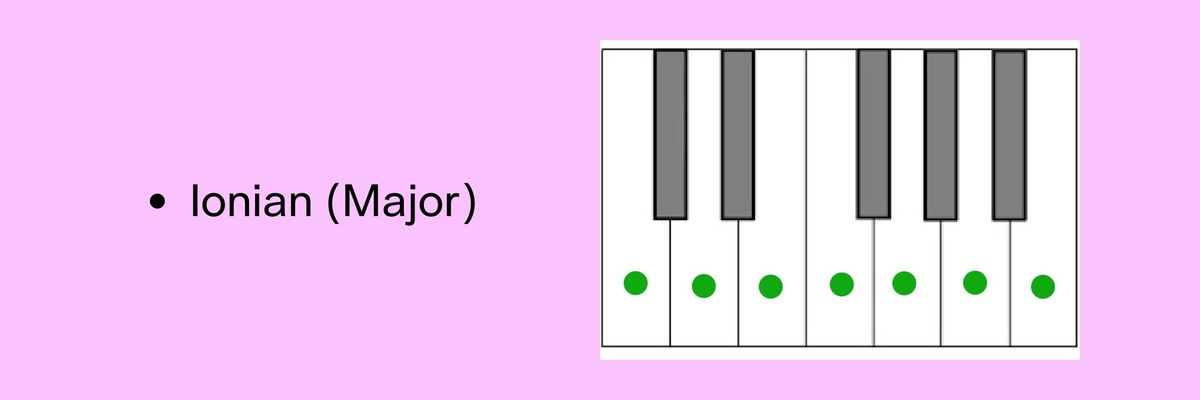
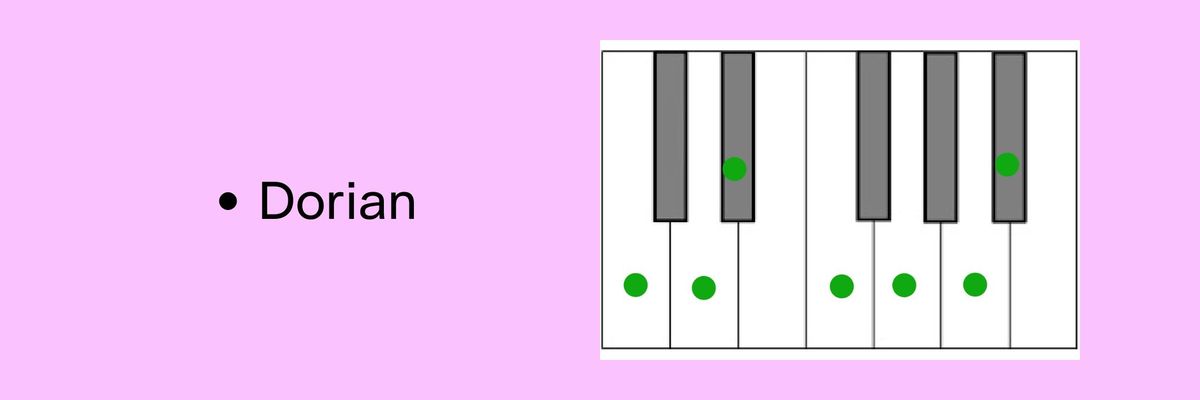
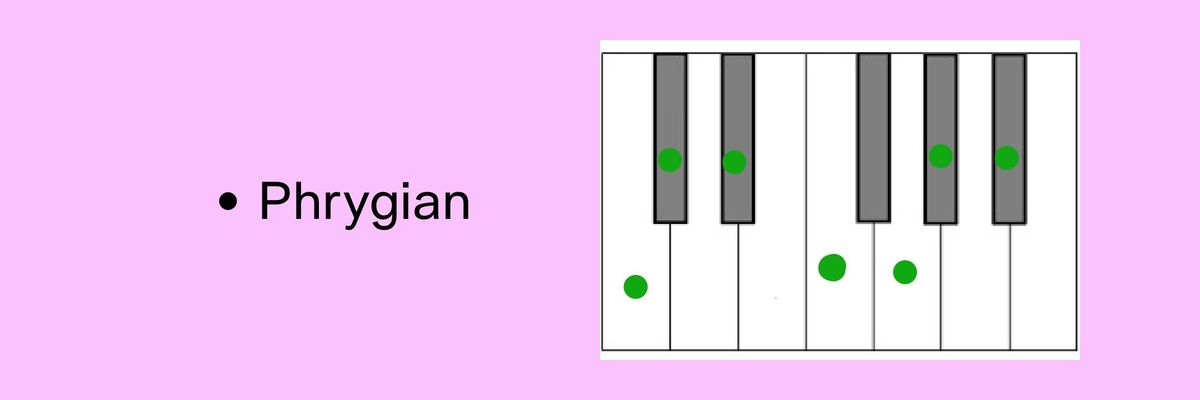
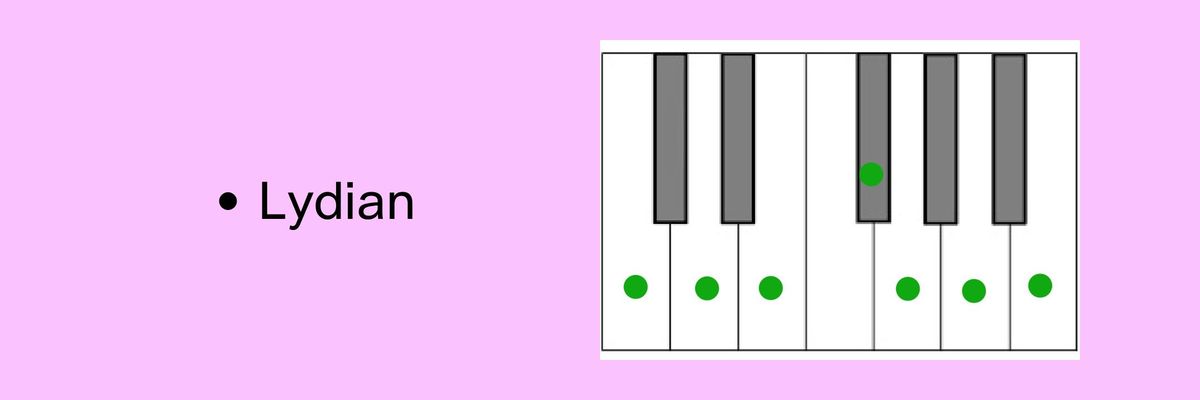


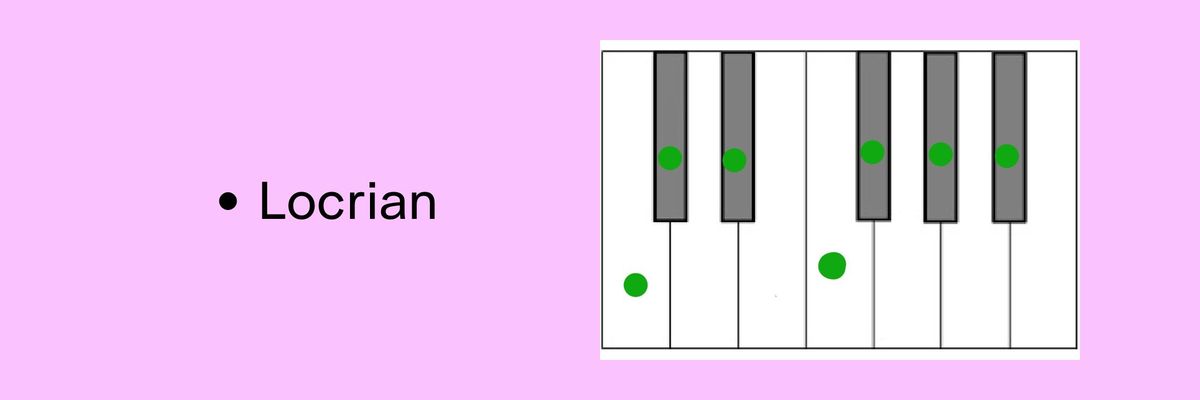
5. Tritone Substitutions
For practicality’s sake let’s just think of tritone substitutions as a dominant V7 a half step above your destination. This will take something like:
I → vi → ii → V → I
C → Am → Dm → G → C
...And if we sub out the vi, ii, and V - we get:
C → Eb7 → Ab7 → Db7 → C
The Eb7’s destination was “Dm”, the Ab7’s destination was “G7” and the Db7’s destination is “C”. Sometimes, we don’t even need to use the V7! The root difference is enough to imply the tritone sub. We hear this progression in action at the end of the form in the jazz standard Ladybird.

And that’s it! Hopefully you can use some of these tools the next time you sit down to create music.
Written by Josh Wen. Learn more in his Creative Chords class, available now.
